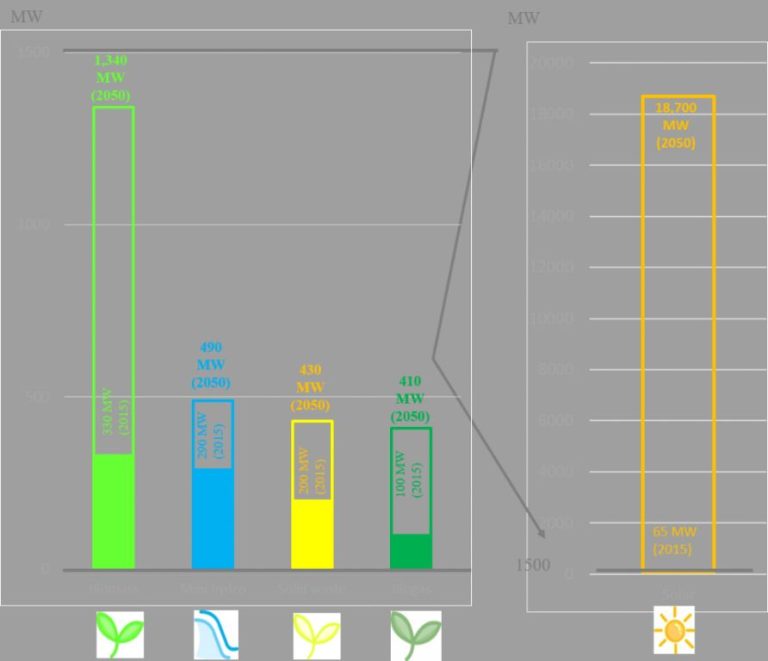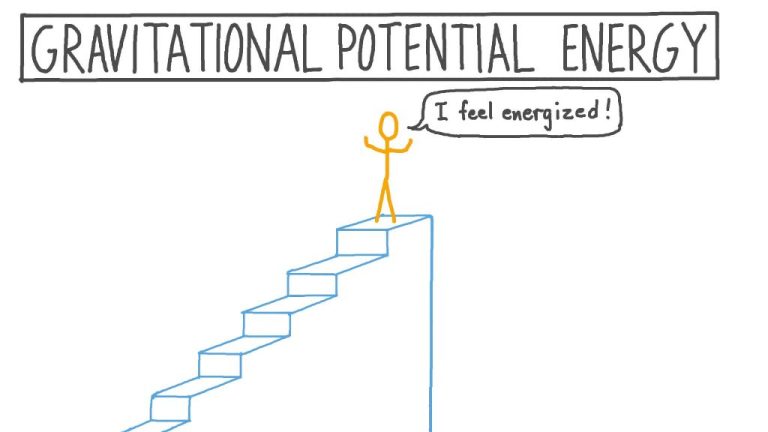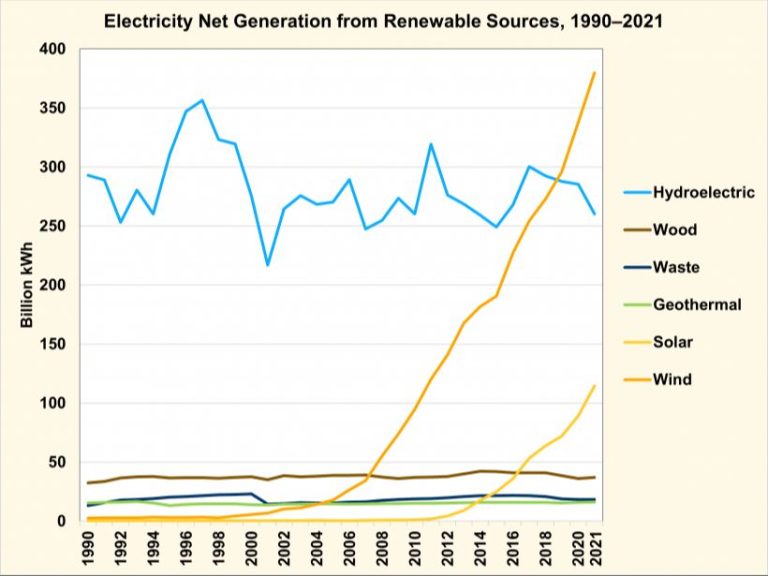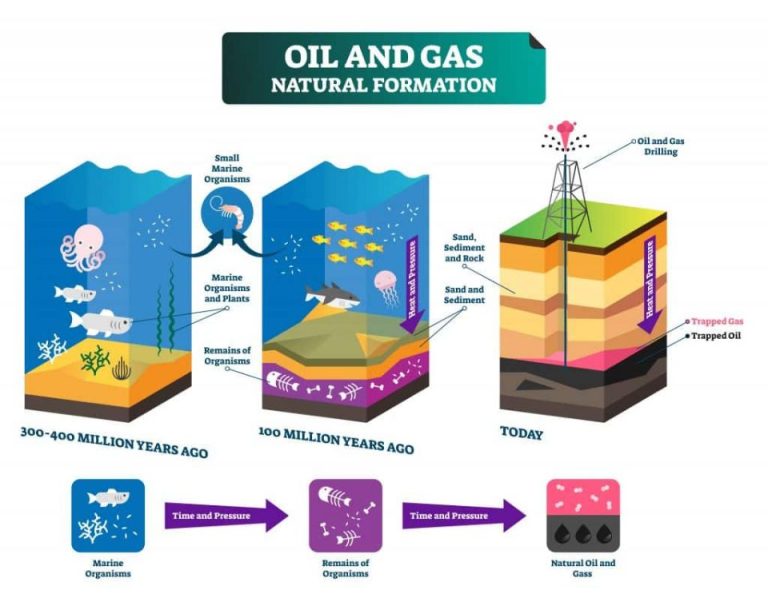What Will Happen To Earth As Our Solar System Reaches Its End?
The End of the Sun
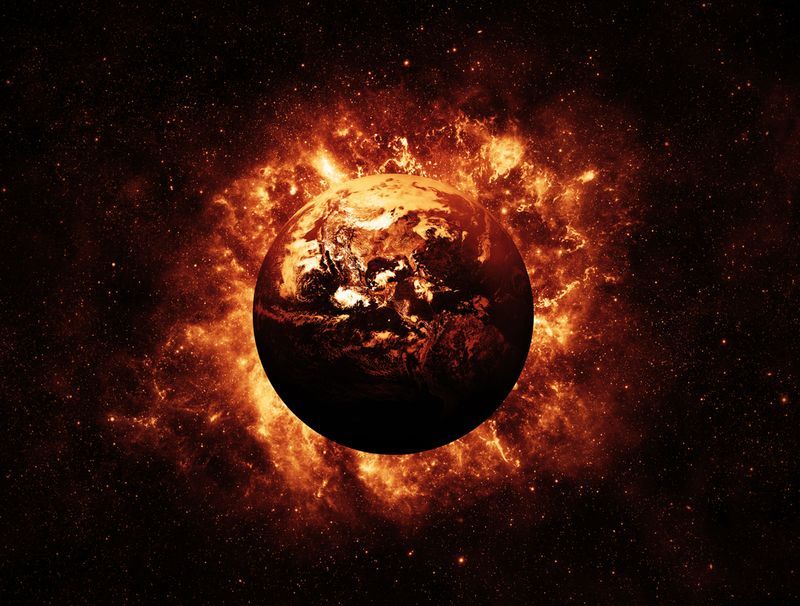
In approximately 5 billion years, the Sun will begin to run out of hydrogen fuel in its core [1]. This will mark the beginning of the end for our host star. As the Sun exhausts its core hydrogen, it will expand dramatically, becoming a red giant star. This expansion will cause the Sun to grow well beyond the orbit of Earth and the other inner planets, completely enveloping and vaporizing the Earth [2]. Though the Sun’s lifespan is billions of years long, its red giant phase will essentially torch the inner solar system, removing any last traces of our planet.
The Big Chill
After the red giant phase, the Sun will collapse into a white dwarf [1]. With no heat from the Sun, temperatures on Earth will plummet[2]. The oceans and atmosphere will freeze and Earth will become uninhabitable. The frigid temperatures will persist unless Earth can find a new source of heat, like a close encounter with another star. Otherwise, the frozen planet will drift through space in the fading light of our dying Sun.
Earth Gets Ejected
One possibility for Earth’s fate is that it gets ejected entirely from the solar system due to gravitational interactions with other planets. As explained by one source, “It’s unlikely that the atmosphere would remain: Earth’s global climate is very delicate due to a fine balance of radiation incoming from the sun” (https://www.livescience.com/could-earth-leave-solar-system). If Earth were ejected from the solar system, it would drift through interstellar space as a frozen, icy planet.
Some scientists predict that as the sun begins to die in 5-7 billion years, its loss of mass could cause Earth to gain speed and break free of the sun’s gravity. Earth would then fly off into space alone, leaving the solar system entirely (https://www.space.com/earth-become-rogue-planet-sun-death). Temperatures on Earth would rapidly drop below freezing without the warmth of the sun. Oceans, lakes, and rivers would freeze solid. The atmosphere would condense and freeze into ice on the planet’s surface.
Though a rogue Earth could theoretically support subsurface microbial life near hydrothermal vents for a time, the planet would become a cold, inhospitable world inhospitable to surface life as we know it. Ejected out into the freezing abyss between stars, Earth would wander the Milky Way as a frozen relic of a once living planet.
Earth Gets Consumed
As the Sun dies and enters its red giant phase, it will expand dramatically and likely engulf Mercury, Venus, and possibly Earth. Based on current models, our planet may avoid being consumed, but there are a couple scenarios in which Earth could be destroyed by the dying Sun.
One possibility is that over billions of years, friction from solar and interstellar winds causes Earth’s orbit to decay. If this orbital decay continues, Earth could eventually spiral into the outer layers of the swollen Sun and be vaporized (Source).
Another outcome that could doom Earth is if the solar system becomes destabilized as the Sun sheds mass. This could lead to collisions between planets. If Earth’s orbit intersects with another planet like Mars or Venus, a direct collision would likely destroy our planet.
The Solar System Collapses
If the Sun cannot shed its outer layers, it could collapse into a dense object called a white dwarf. A white dwarf is the leftover core of a star that has shed its outer layers, containing about half the original mass of the star packed into an object the size of Earth (Source). The gravity of the white dwarf could destabilize the solar system and alter planetary orbits drastically.
As the Sun loses mass during its transition to a white dwarf, the orbits of the planets will expand due to reduced gravitational force. However, if the Sun collapses quickly enough, its gravity could overcome the outward momentum of the planets, pulling them inward. This could lead to collisions of planetary bodies or the planets being consumed as they spiral into the dense white dwarf. Even if the planets avoid falling into the Sun, their new orbits could overlap or cross, leading to disruption of any remaining life in the solar system.
Earth Gets Pushed Out
As the Sun loses mass through stellar winds over billions of years, Earth’s orbit around the Sun will widen. This is because a reduction in the Sun’s mass will weaken its gravitational pull on Earth. According to Newton’s law of universal gravitation, the gravitational force between two bodies depends in part on their masses. As the Sun loses mass, its gravitational force binding Earth in orbit weakens.
In response, Earth’s orbit will expand outward to reach a new equilibrium state. Calculations indicate that as the Sun loses mass, Earth’s orbit could expand significantly, possibly even to around Mars’ current orbit. Some extreme scenarios suggest Earth’s orbit may widen so much that our planet escapes the solar system entirely if the Sun sheds enough mass.
However, the Sun is expected to lose only a small percentage of its current mass before reaching the end of its life. So while Earth’s orbit will likely move outwards moderately as the Sun ages, it likely will not expand drastically or allow Earth to escape. But even more subtle shifts could still have significant effects, like potentially destabilizing Earth’s climate and environment.
The window for these changes is billions of years, but illustrates the solar system’s dynamics and how the fates of the Sun and planets are intertwined.
The Sun Dies Quietly
One more benign scenario is the Sun simply running out of fuel and cooling down over several billion years. According to the Oklahoma Museum of Natural History, “In about 5 billion years, the Sun will run out of hydrogen fuel in its core. As a result, the core of the Sun will collapse, and the rest of the Sun will expand to become a red giant” [1].
As the Sun expands into a red giant, it may consume Mercury and Venus, but Earth might escape this fiery fate. According to NASA, “By the time it runs out of hydrogen, the Sun will have expanded to more than 100 times its present size. When the Sun expands, its rotation will slow down. Even so, the outer parts of the Sun will not quite reach Earth. So the dying Sun will not engulf the Earth, but Earth will indeed get heated up – very heated up” [2].
So while Earth would get very cold as the Sun cools down, it could potentially remain in orbit around the now-dead star. Earth might become a frozen wasteland, but the planet itself could survive the Sun’s quiet death after it runs out of fuel.
Cosmic Collisions
In a few billion years, the motion of stars in our galaxy could cause close encounters or direct collisions with our solar system. As our sun orbits the center of the Milky Way, it periodically passes through densely packed clusters of stars. The gravitational pull from these stellar encounters could fling planets out of their orbits or even eject them from the solar system entirely.
There is also a small chance that a nearby supernova could impact Earth’s biosphere. Supernovae typically occur a few times per century in our galaxy. If one exploded within about 30 lightyears of our solar system, it could bathe Earth with lethal levels of X-ray and gamma radiation (Martin Beech, 2011). The supernova’s shockwave could also disrupt the Oort Cloud, sending comets raining down into the inner solar system.
Additionally, a chance collision with a rogue planet not gravitationally bound to any star could knock planets into different orbits or destabilize the entire solar system. Although unlikely, galactic collisions and stellar close encounters will become more probable as the sun orbits through the evolving Milky Way.
The Black Dwarf
After shedding its outer layers, the Sun’s core will slowly cool over trillions of years. According to the Quora article “If we found a black dwarf star…” (https://www.quora.com/If-we-found-a-black-dwarf-star-and-could-reach-its-surface-could-it-be-possible-to-mine-or-use-the-elements-it-has-produced), it will become a dense, inert lump of carbon called a black dwarf.
According to the Universe Guide article “What is a Black Dwarf Star?” (https://www.universeguide.com/fact/blackdwarfstar), any remaining planets would be dark, cold, and likely uninhabitable. After trillions of years of cooling, the black dwarf will emit barely any thermal radiation or light, making any remaining planets very hostile to life. The black dwarf stage represents the end state of stellar evolution in the universe.
The End of the Universe
Trillions of years from now, star formation will cease and black holes will dominate the universe according to scientists. As the universe continues to expand, the temperature will approach absolute zero. At this point, the universe will go completely dark as the last remaining stars burn out and any surviving planets and moons orbiting them freeze solid.
This inevitable end is known as the “heat death” of the universe, first proposed in the 1850s by physicists William Thomson and Rudolf Clausius. The hypothesis states that the universe will ultimately evolve to a state of maximum entropy, where no more work or heat can be extracted from any source (https://en.wikipedia.org/wiki/Heat_death_of_the_universe).
Matter itself will begin decaying until the universe contains only subatomic particles. Even black holes, which emit Hawking radiation over incredibly long time spans, will eventually dissipate through this process. With the black holes gone, any surviving objects like planets would cease to receive even indirect heating and would reach equilibrium with the near-absolute-zero temperature of space.
This frigid, lifeless era could persist for an almost unimaginable length of time before the universe enters the hypothesized “Big Rip,” where even subatomic matter is torn apart by the expansion of spacetime.


